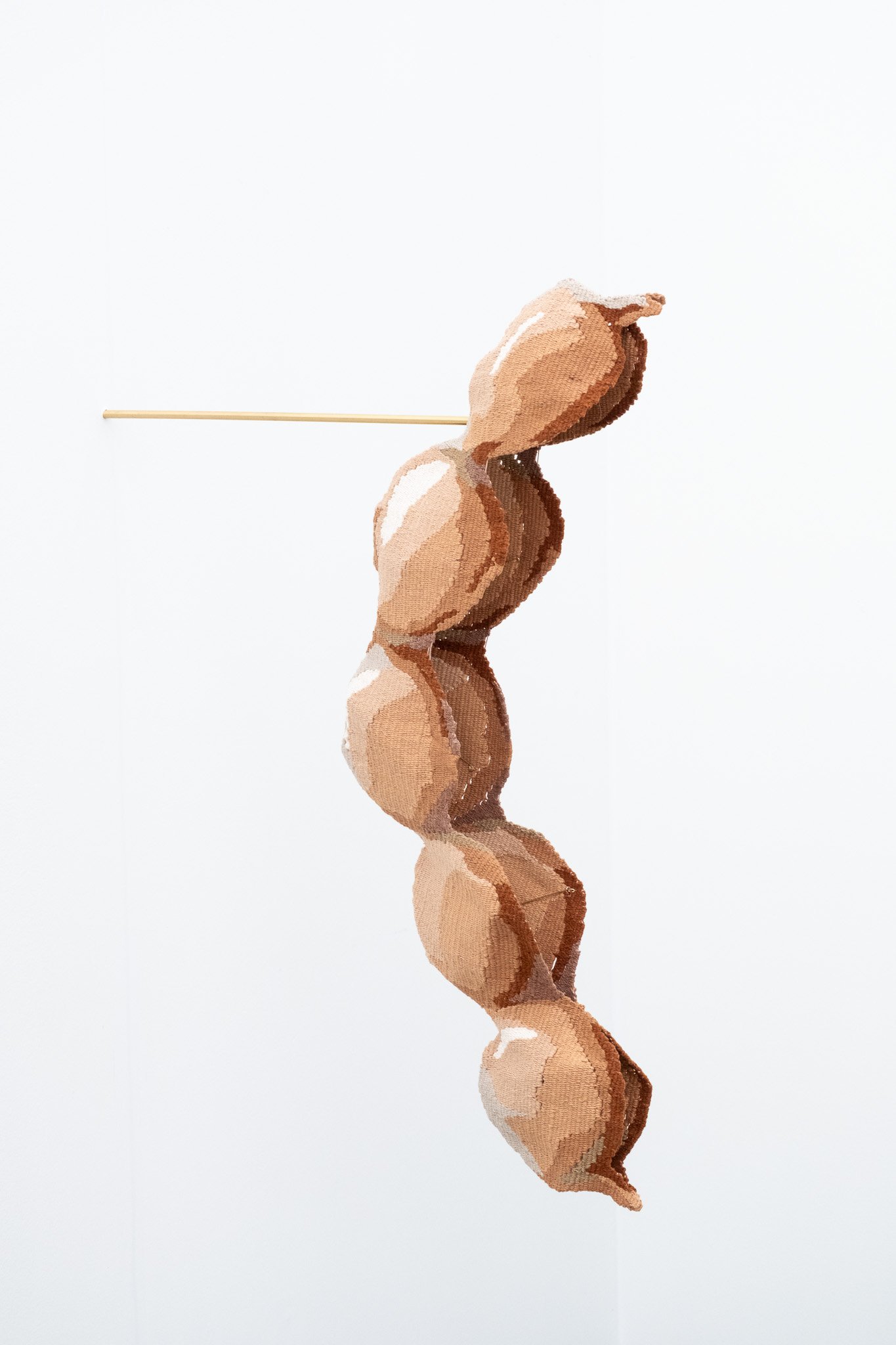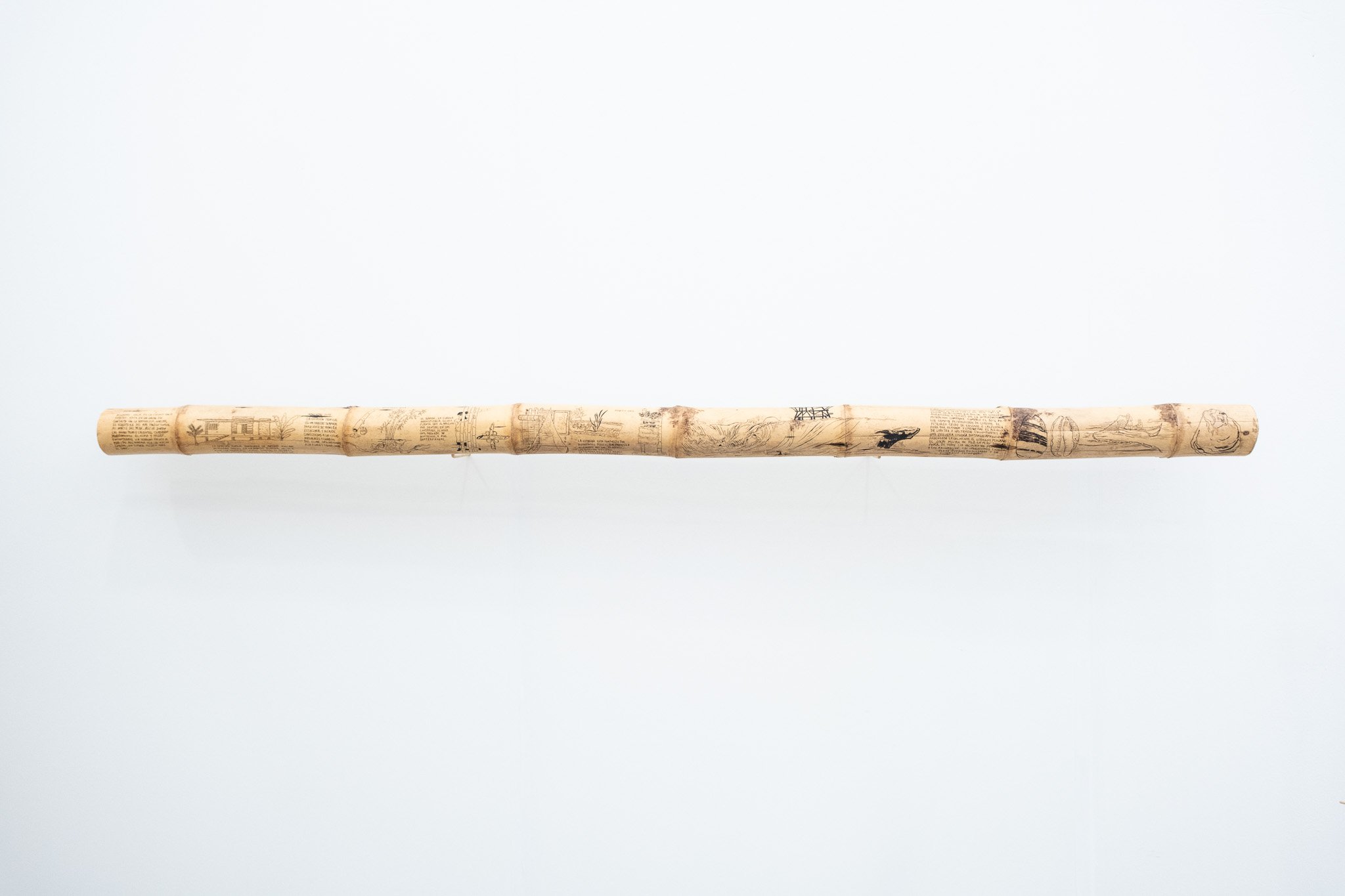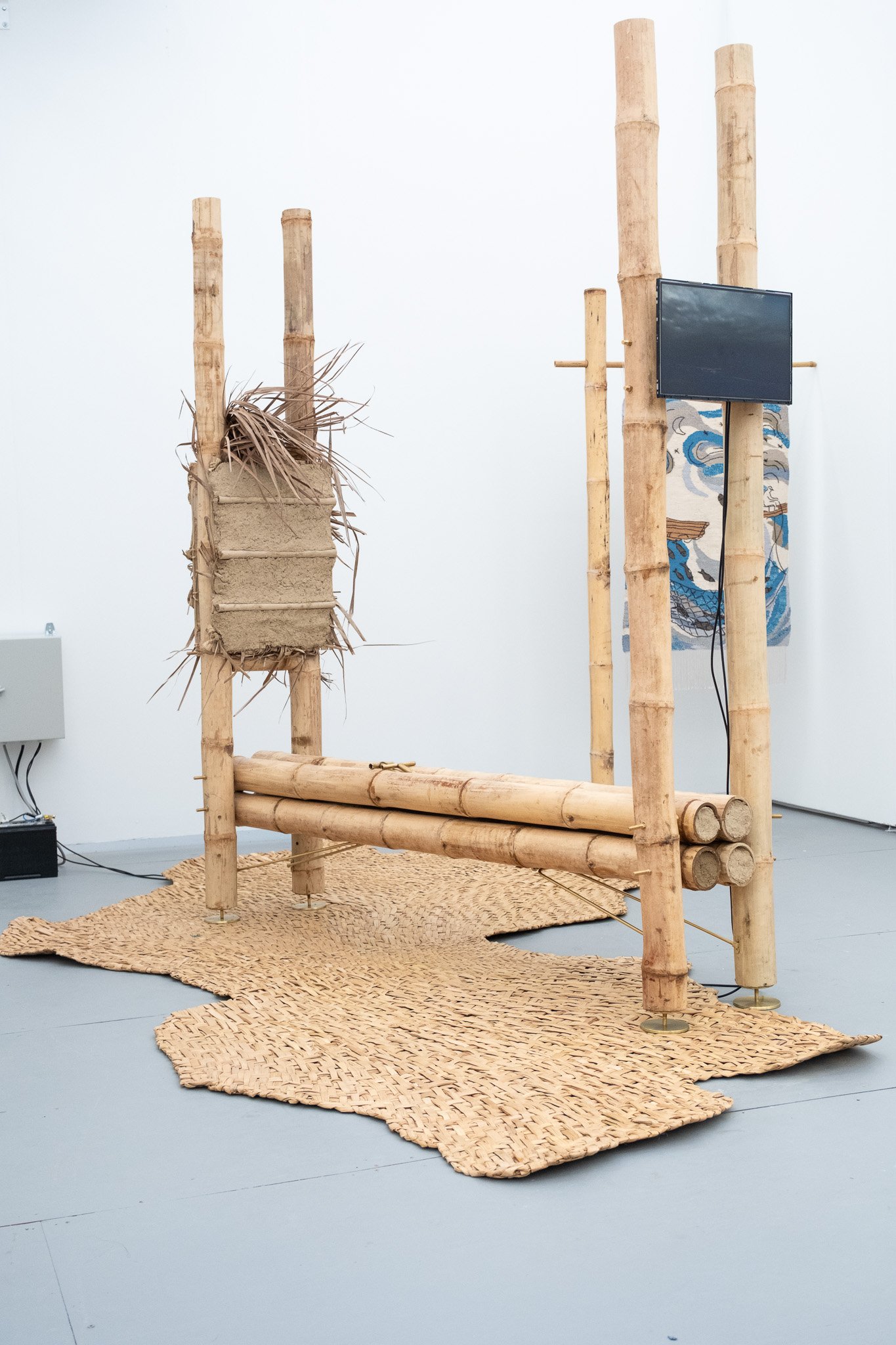Ana Teresa Barboza & Rafael Freyre: TROPICAL STATION




Exhibition
Nunu Fine Art Taipei is pleased to present Tropical Station: A Common Habitat/ In A State Of Latency, a multifaceted, long-term project by Peruvian artists Ana Teresa Barboza and Rafael Freyre reflects their commitment to an ecological agenda. The show opens on March 2nd.
Artists Ana Teresa Barboza and Rafael Freyre, drawing on Peru's ancient pre-colonial traditions and intricate ecological environment, have developed two series of works— A Common Habitat and In a State of Latency—in response to urgent environmental issues.
Tropical Station: A Common Habitat was first presented as the prototype in Miami in December 2023. In a State of Latency, is the first solo exhibition by Ana Teresa Barboza in New York. These exhibitions offers an interwoven artistic narrative on themes of nature, culture, and environmental awareness.
Tropical Station: A Common Habitat
Tropical Station: A Common Habitat is an installation based on observations and experiences that artists Ana Teresa Barboza and Rafael Freyre cultivated during their exploratory journeys to the tropical Pacific ecosystem of northern Peru. This immersion enabled them to develop an understanding of the complex cultural and biological fabric of this region, as well as its relationships with other cultures and territories, such as Ecuador, the Amazon rainforest, and the various Pacific islands connected by ocean currents.
The artists’ research began by developing an experimental housing prototype, where they currently live. Tropical Station is a post-urban habitation imagined for the future, designed to adapt to the impacts of climate change. After spending various periods over almost four years in this station, a house conceived as a flexible oceanic and climatic observatory, Barboza and Freyre have created an installation composed of pieces based on "cohabitation": sharing space with local plants, animals, and communities.
Many of their home’s physical elements echo those of ancient handmade structures, such as columns and beams made of bamboo and mud walls. The installation's video powered by solar panel illuminates how Barboza and Freyre have long used digital media to disseminate information about this remote region's biodiversity and traditional knowledge globally.
The artworks in Tropical Station: A Common Habitat represent traditional activities such as fishing, gathering shells, loom-weaving with native cotton, making pottery with clay from the Andes, and basket-weaving with vegetable fibers from, primarily, the Amazon rainforest. The installation also includes pieces that focus on the region’s endangered animals and plants, such as the Chilalo bird and the carob tree.
Tropical Station: In A State Of Latency
The observations and experiences cultivated during the Tropical Station project inspire Barboza's textiles and ceramic sculptures in Tropical Station: In a State of Latency. Her work examines the effects of the region’s cyclical climatic oscillations, where all life depends on short regenerative rainy periods punctuating the long dry seasons. Barboza notes the tenacity of Piura plant life, which “can survive in adverse conditions . . . always waiting for favorable conditions to emerge from the earth.”
While organizing her late mother’s room some 20 years ago, Ana Teresa Barboza found a box of naturally dyed yarns of various hues. As she carefully unraveled the threads, a flood of emotions and anecdotes unfolded. This box, a portal to the past, became the unexpected muse for Barboza’s mixed-media textile work. The yarn became a bridge between worlds—a tangible connection to her Peruvian roots and the forces of nature, as well as a testament to her mother’s enduring influence. According to Barboza, these dyes “initiate an exchange of local information and connect us with the territory.”
The artist’s process includes incorporating traditional techniques and collaborating with local artisans to produce her work. Central to Barboza’s practice is the meticulous selection of native plants. Barboza’s work embodies the transformation of a desert environment into a lush forest to reveal how the region’s fluctuating environmental forces impact local life. The complexity of Barboza’s textile compositions reflects her background as a painter. By integrating her landscape photography into select textile works, Barboza disrupts the conventional paradigm of fiber art. Barboza's innovative textile practice aligns with the current reconsideration of traditional hierarchies, with fiber art experiencing renewed significance.
Artist
Press
Untitled Art Review: An Exuberant Fair in Miami Beach
By Brian P. Kelly, December 6, 2023 full text
The 10 Best Booths at Untitled Art, Miami Beach 2023
By Maxwell Rabb, December 7, 2023 full text
Your Candid Guide to Miami Art Week
By Valentina Di Liscia, December 4, 2023 full text
Ana Teresa Barboza’s Poignant Tapestries Reflect on the Powerful Forces of Nature Wrought by Climate Change
By Xintian Wang, December 28, 2023 full text





